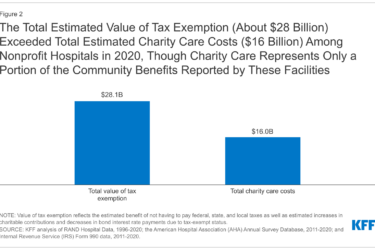
We put up a tip sheet the other day on how to interpret sign-up vs enrollment numbers. This piece by Carol Ostrom of The Seattle Times asks a lot of good questions as she looked at enrollment in her state.
Washington does a better job than many states in separating who paid versus who signed up, but there are other essential questions about enrollment. Who gained coverage? Who switched coverage? How many people’s plans were cancelled? Did they end up in the exchange or in another private plan? How do they feel about it a few months into the new system?
And how do we measure the success of the law? Especially given its cost.
With enrollment in many states dribbling past the March 31 deadline for special enrollment (deadlines and criteria vary from state to state), we won’t have solid sign-up numbers for some time.
As Ostrom explains, it will be even longer before we have those mega-answers. She wrote:
“[When] will we know how many uninsured Washington residents have been helped by the Affordable Care Act, with all its angst, infrastructure and expense? …To the dismay of the law’s supporters, as well as its critics, that number is proving to be as slippery as a moss-covered sidewalk in springtime Seattle.”
Some want to define success specifically as the number of people who did not have insurance before and have it now. Ostrom quotes a Republican state lawmaker as saying, “This is a critical number that really should determine the success or failure of the program.”
But others may look more broadly at the question of what type of insurance people have now. Underinsurance, not just uninsurance, was a problem for millions of people who had some kind of policy but one that may have left them on the hook for huge bills in the case of a serious illness or accident.
Asking questions and providing context that are useful for other reporters, Ostrom intelligently breaks down what Washington does and does not know about Medicaid, the individual market in and outside the exchange, employment sponsored coverage.
Spoiler alert: We may not have answers, state officials tell her, until 2017.









